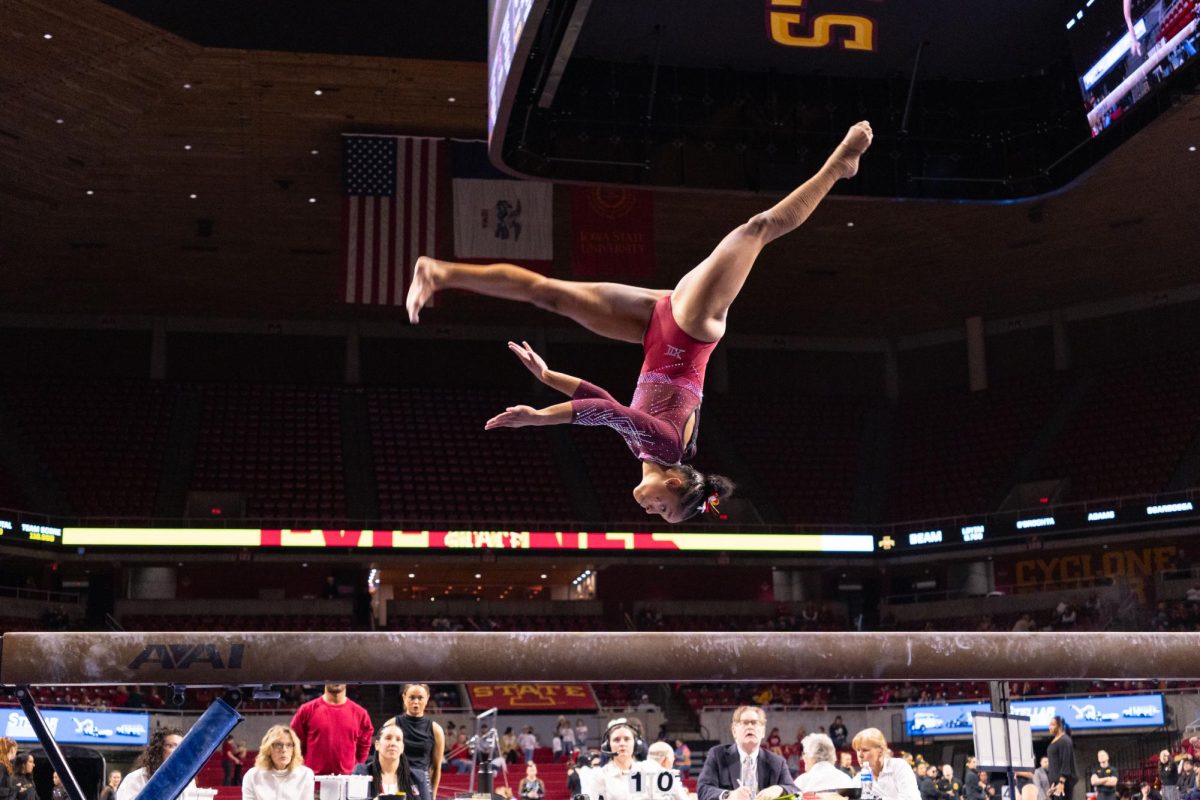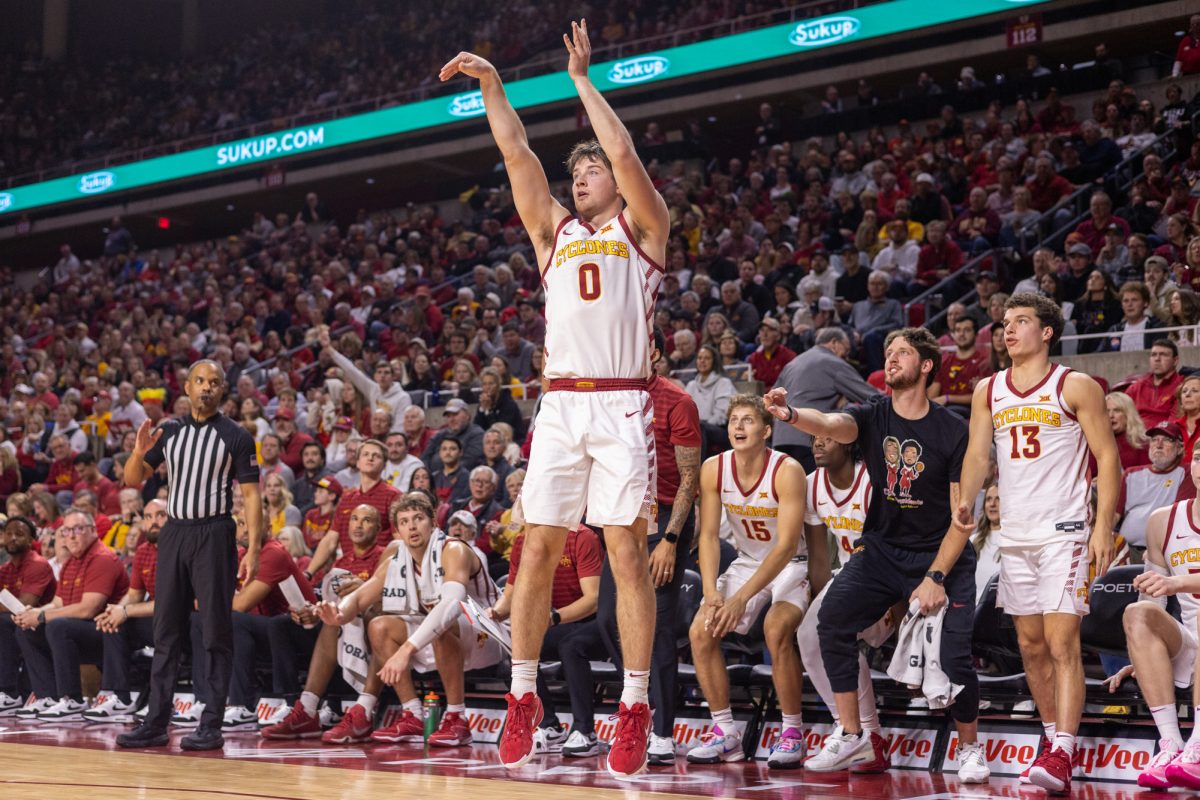Lecturer to discuss art made during Stalin’s communist rule
October 2, 2003
magine a country where creativity itself is legislated. A place where words, images and music exist only for the good of the state as a whole.
This is the type of society that existed in the former Union of Soviet Socialist Republics for almost 75 years. It is also the subject of a multimedia presentation Sunday at the Brunnier Art Museum by Vera Aginsky, lecturer on foreign languages and literature.
Aginsky’s lecture will show examples of art, music and literature from 1924 until 1953, the time period when Josef Stalin ruled the Soviet Union. She says she will gives a history lesson for those who are not familiar with Stalin or the time in which he lived.
“Josef Stalin was the most powerful dictator the world has ever known,” Aginsky says. “He could do anything he wanted, because he was not subject to any criticism or free elections.”
Aginsky says because of this absolute power, Stalin was able to put into place rules that touched every part of Soviet society, including the arts.
Stalin saw the arts as a means to show the world the beauty of the Soviet society he was seeking to build, Aginsky says.
“Stalin was able to set rules for what writers could write about, what artists could paint and what music the people could listen to,” Aginsky says. “Everything was supposed to serve the purpose of constructing a new socialist society. Everything served a purpose, even the arts.”
Themes were pushed to show the beauty of the society Stalin was building. Aginsky says even in a time of severe repression, beautiful works of art can be created.
“The artists were encouraged to do things like go to construction sites and to the collective farms,” Aginsky says. “You see a lot of paintings of smiling tractor drivers from that era. That tractor driver was said to be happy because he was helping to feed the communist people.”
This meant things were not all bad for the artistic community under Stalin, Aginsky says. Creative types were well-funded, even though the rest of the country was relatively poor.
Even though some of the art conformed to Stalin’s rules, Aginsky says some artists and writers created works they hid until later. This was not easy, as there were often serious consequences if the artists were caught.
“A poet named Osit Mandelshtam wrote many works that were about subjects other than those that law allowed,” Aginsky says. “And like many of the people that did things outside of Stalin’s system, he was jailed and executed for being an enemy of the people.”
Aginsky says the story of Mandelshtam’s poetry is heroic. His wife memorized her husband’s poems, and after Stalin’s death, was able to help get them published so others could read them.
Even after Stalin’s death, rules regarding arts in the Soviet Union didn’t get easier for artistic types. Aginsky says real change took a long time.
“There were still arrests,” Aginsky says. “The eyes of the Soviet people really weren’t opened until Mikhail Gorbachev came along in the 1980s.”
Who: Vera Aginsky:”Social Realism: The Arts Under Stalin”
Where: Brunnier Art Museum
When: 2 p.m., Sunday
Cost: free






